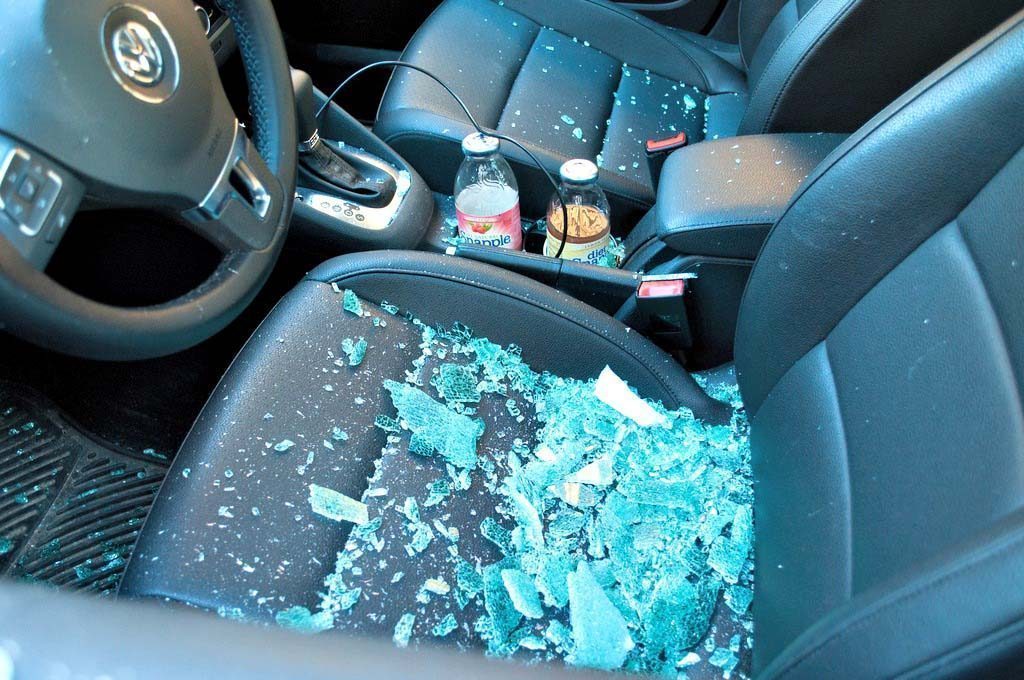
Updated on Jan. 28 with additional statistics and information from QRSSC.
The number of traffic accidents in Qatar has increased more than five-fold over 18 years, according to the results of a recent study led by Qatar University (QU).
Research by the university’s Qatar Road Safety Studies Center (QRSCC) found that the total number of all types of accidents rose on average 14 percent each year between 1996 and 2013, from 44,077 to 290,829.
This is a much faster rate than the rate in which the population has grown, which is 336 percent over the same period.
The country’s the Ministry of Development, Planning and Statistics (MDPS) puts the current population at 2,235, 431 and while it does not have publicly-available figures for 1996, statistics from the World Bank estimate Qatar’s population was around 512,476.
While the overall number of accidents had jumped, they did not grow at the same rate as the number of vehicles on the country’s roads, which also rose 16 percent annually over the same period.
This would suggest that the figure for accidents per vehicle may have fallen over the past two decades.
Most road deaths at night
The study, “In-depth analysis of vehicle accidents in Qatar,” used statistics from the MDPS. It stated that accidents were most likely to take place in the second and fourth quarters of the year and that the highest number of fatalities happened on Sunday and Monday evenings, between 6pm and 9pm.
Although a possible reason for this pattern has not been given, anecdotally, traffic in Qatar tends to be heavier earlier in the week, with roads becoming less congested as the weekend draws near.

The study also supported the notion that vast majority of those killed on Qatar’s roads are young men. It found 9o percent of all mortalities to be males aged 20 to 30 years old and stated that the most critical accidents were caused by novice drivers, with less than four years’ experience.
This could at least be in part because of Qatar’s demographics. The population here is relatively young, and men outnumber women 3:1, although a significant percentage of male residents are low-income laborers who are unlikely to drive a car in Qatar.
But according to a Northwestern University in Qatar researcher, local youth in particular are dying in road accidents at a disproportionate rate. Assistant Prof. Susan Dun is now studying the reasons for this with grant support from the Qatar National Research Fund.
The QU study was part of a two-year partnership between ExxonMobil and the Center, which is a joint initiative of QU, Ministry of Interior’s Traffic Department and the private sector.
Accident cost
It follows a report published by the center in April last year which found that road accidents cost Qatar $4.8 billion (QR17.6 billion) over from 2007 until 2012.
Annually, that amounts to 2.7 percent of the country’s gross domestic product (GDP). Each year, the cost appears to climb, from QR2.5 billion in 2007 to QR3.2 billion in 2012 – a 28 percent increase.

Meanwhile, the latest annual figures for road traffic accidents available from the Ministry of Development, Planning and Statistics (MDPS), which compiles these statistics monthly from the Traffic Department, would suggest that the rate of increase of road accidents is actually higher than QRSSC’s tally.
The Traffic Department figures from 2012, which are the latest available so far, showed an increase of 10 percent from the previous year on the number of accidents resulting in injury – up from 3,780 in 2011 to 4,218 in 2012.
While the majority of traffic accidents in Qatar are relatively minor, there has been a surge in fatal accidents in recent months.
A total of 49 people were killed on the country’s roads in October and November, while April saw the highest figure in the past year, with 29 deaths that month. Figures for December, along with the annual total, have yet to be released.
Overall, traffic accidents are one of the biggest single causes of death in Qatar. A US-based study, published last year, found that Qatar residents are five times more likely to die in a vehicle crash than from a stroke – the highest ratio in the world.
Taking action
Authorities have been making efforts to tackle the problems of increasing congestion on the roads and rising number of accidents.

In the past year, the Traffic Department has announced a number of enforcement initiatives aimed at cracking down on bad driving habits, such as using the emergency lane to skip queues, cutting in at junctions at the last minute, tailgaiting and using mobile phones while driving.
Just last week, the speed limit on the Expressway was also reduced from 100 kph to 80 kph as a trial to see if it would cut the number of accidents on what is a very busy route.
However, this has been controversial as it was brought in unannounced, and has led to confusion among many drivers.
Thoughts?







